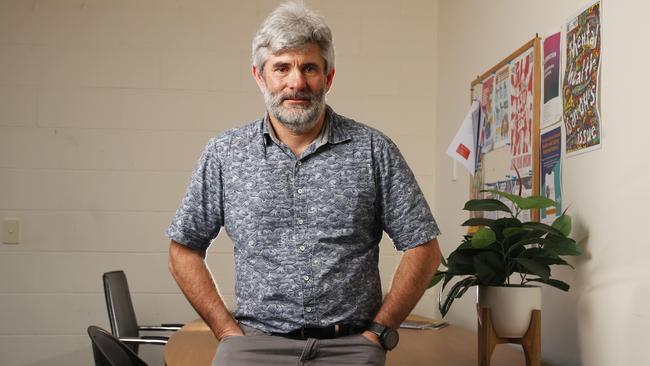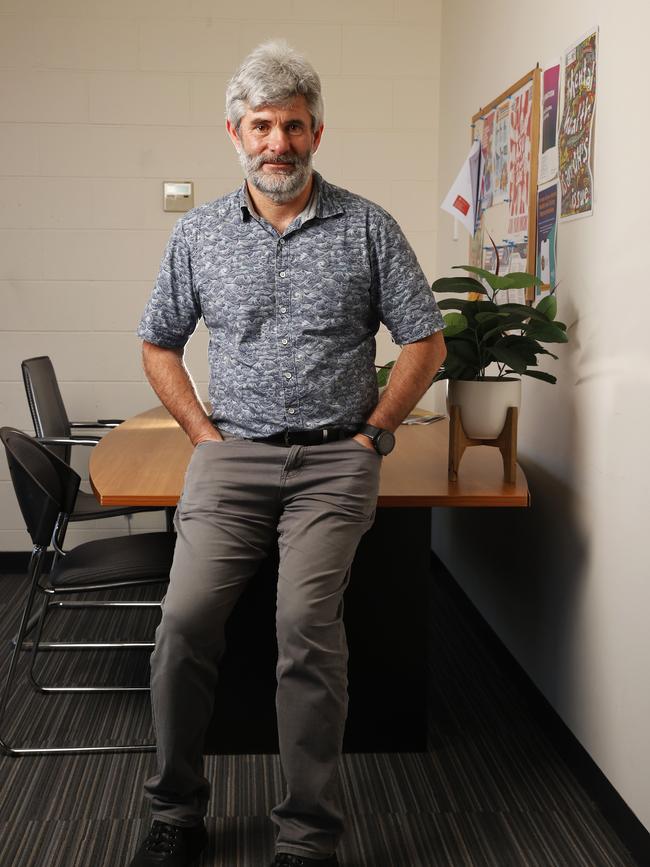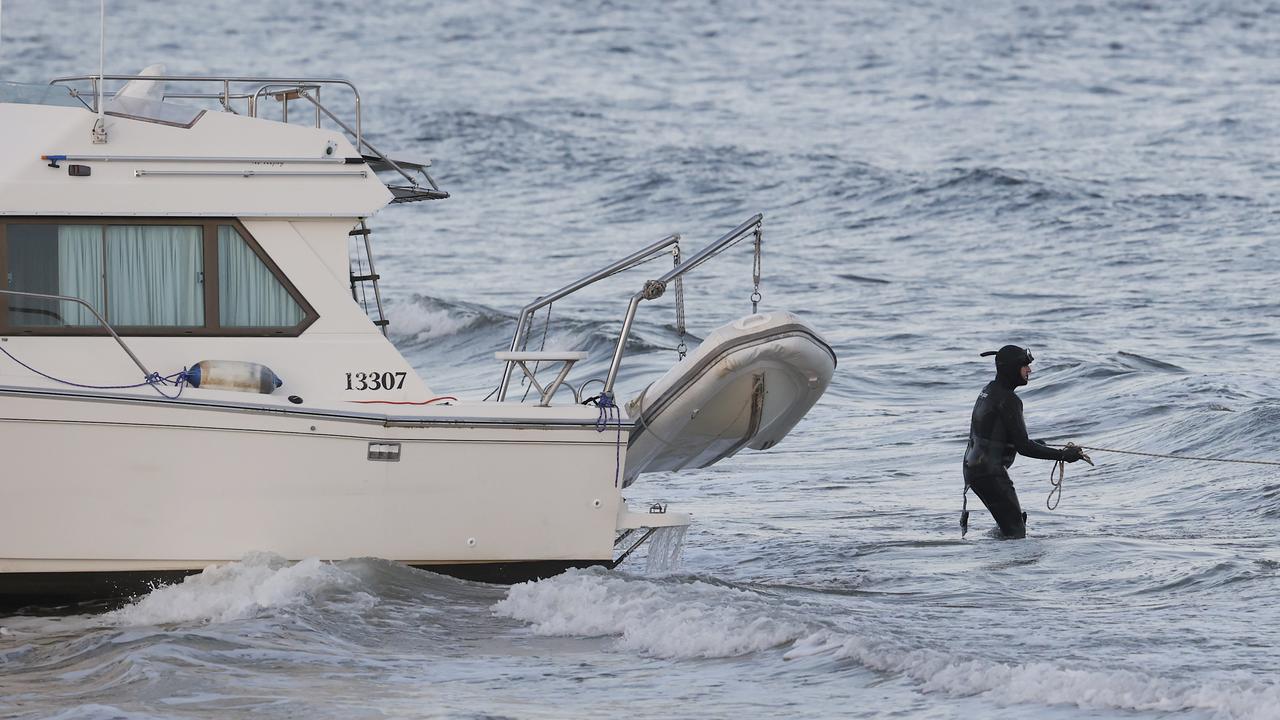New Tassie teachers twice as likely to quit profession than in 2019-20
Veteran teacher Mark Kingsley is worried new teachers are leaving the profession in growing numbers. The union is also concerned, here’s why.

Tasmania
Don't miss out on the headlines from Tasmania. Followed categories will be added to My News.
In 30 years of teaching Mark Kingsley has seen student behaviour worsen and more young teachers leave the profession.
A support teacher at a Hobart high school he says staff shortages and heavy workloads are also causing stress and burnout among colleagues.
“When I first started teaching you might have a class of 30 and one or two students might have behavioural issues – now in some classes it’s only one or two kids who don’t have disruptive behaviour,” Mr Kingsley said.
“I see the impact of the workload and stress on new educators who burnout and those toward the end of their career who are retiring early.

“I’ve seen two new teachers who lasted only two weeks and a third who left at the end of Term 1 and never returned.
“Because of staff shortages early educators are thrown into situations they’re not ready for and burn out.
“Part of the stress for people are the teacher shortages and having to teach outside of areas of specialty and training and having to take on additional duties.
“Even when you’re sick or on carers leave you end up working because you know if you don’t there’s no one else to cover your role.”
Mr Kingsley said student’s needs were becoming more complex and he had become resilient in dealing with bad behaviour but feels for young teachers.
“They’ll put hours into planning (an) absolutely perfect lesson, and then get in really enthusiastic to deliver it, and just find that there’s disruptions, there’s poor behaviour, there’s lack of engagement from students,” he said.
Mr Kingsley said he had recently been threatened by a student.
“I can’t say I physically felt threatened, but I had a numb sort of feeling afterwards.
“I was kind of in disbelief that that sort of really violent, aggressive threat had been made.”
He said his school had always supported him.
What’s driving spike in new teachers quitting the profession
The teachers’ union says there’s been a massive jump in new teachers quitting the profession and a big jump in workers compensation claims for psychological injury.
Australian Education Union Tasmanian president David Genford said the number of teachers leaving in their first five years of teaching had jumped by 97 per cent in recent years and stress-related claims had increased 59 per cent.
He said the data showed that in 2019-20, 31 teachers left after five years or less which grew steadily until 2023-24 when the number had almost doubled to 61.
“The data showing more and more teachers burning out and new teachers quitting is extremely concerning and points to a workforce at breaking point,” Mr Genford said.

“Unmanageable workloads, understaffing and worsening student behaviour are particular drivers of the mental stress and injury being experienced by growing number of teachers.
“The increase in the numbers of early career teachers quitting is really shocking and should be a wake-up call for the government that it needs to urgently invest to support its workforce.”
The Education Department says the number of resignations and workers’ compensation claims made for psychological injury (stress) fluctuates from year to year due to a range of factors.
A spokesman said that in the year to March 2024, 5.5 per cent of the overall teaching workforce with five or less years of service resigned which was consistent with the 5-year average of 5.1 per cent.
He said 11 per cent of overall workers’ compensation claims made by teaching staff were for stress – similar to the last two year average of 10 per cent.
The department’s approach to student behaviour was strengthened by specialised teams in schools including psychologists, social workers, speech and language pathologists and nurses to support students’ wellbeing and learning.
“We continue to support our workforce by investing in additional in-class support with more Teacher Assistants (from 66 FTE positions in 2023 increasing to 100 FTE in 2025), Education Support Specialists (25 FTE) as well as funding more professional support staff,” he said.
“The Department has also commenced surveying teaching staff two months after commencement to capture and understand their experiences.
“This is in addition to a new exit survey to understand reasons for leaving and inform future decision making.”
The spokesman said the most recent teacher agreement included a range of new and improved conditions including a four-day specialised professional development induction program for first year teachers.
Mr Genford said data showed more staff and supports were needed “not only for students but for the education workforce itself”.
“The increasing stress and complexity of working in schools shows that teachers need more in-class support and also more ‘backline support’ so any budget cuts to education would worsen the staffing crisis.”
Originally published as New Tassie teachers twice as likely to quit profession than in 2019-20



